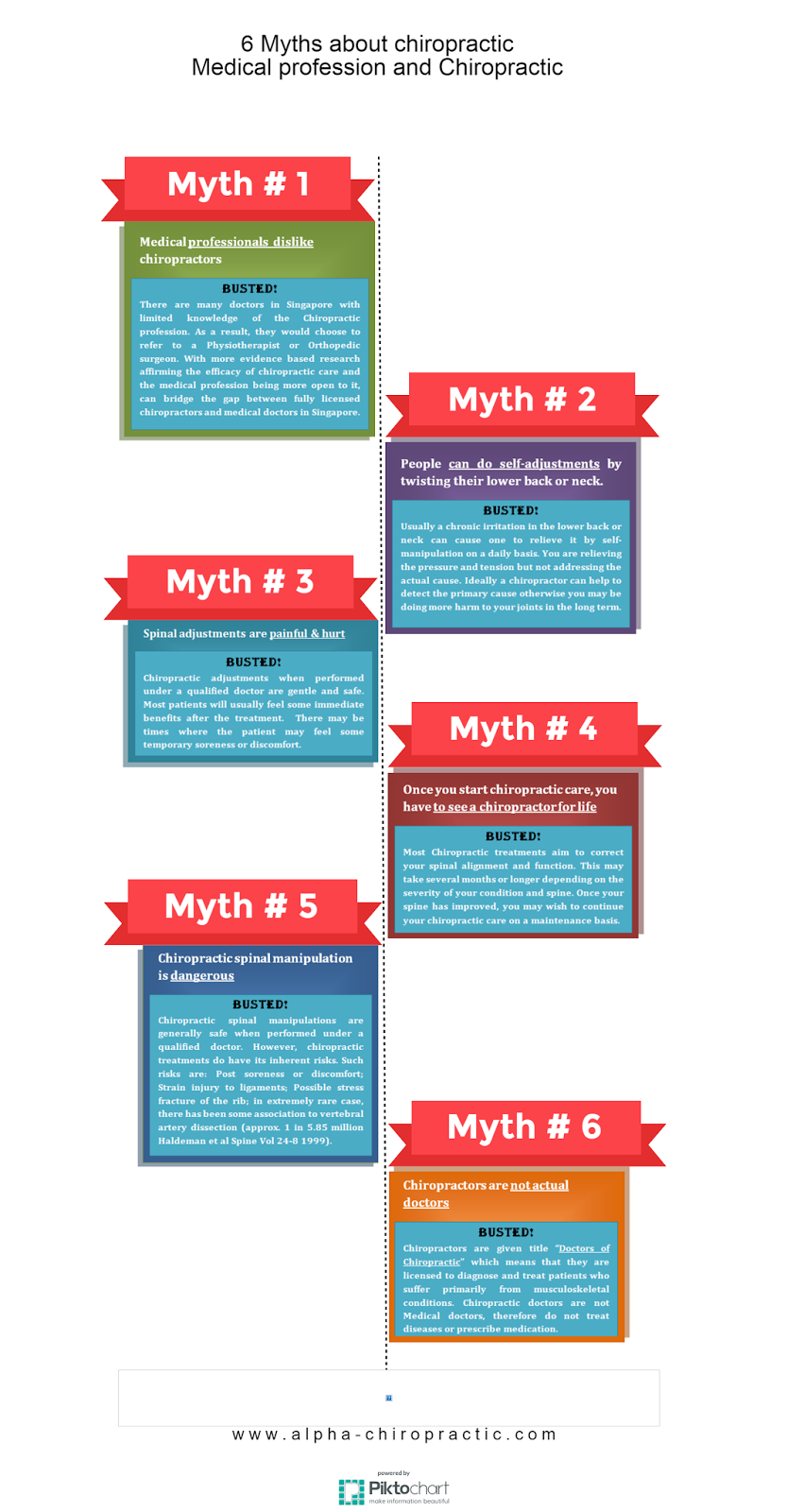When it pertains to managing your neck and back pain, the food options you make can significantly impact how you feel on a daily basis. Imagine having the ability to ease your pain just by readjusting what you consume. By comprehending the duty of nourishment in pain in the back management and knowing which foods to integrate or avoid, you can take aggressive actions towards a much healthier and much more comfortable lifestyle. The connection between nutrition and back wellness is a lot more profound than you may realize-- let's explore exactly how certain foods can either soothe or intensify your pain in the back.
Significance of Nutrition in Neck And Back Pain
Nourishment plays a critical role in taking care of pain in the back. Your diet can significantly affect swelling degrees and total discomfort degrees in your back. Eating a well balanced diet abundant in nutrients like vitamins D and K, calcium, magnesium, and omega-3 fatty acids can help reduce swelling and enhance bones, which are vital for back health and wellness.
Furthermore, maintaining back spasms and balanced weight through proper nourishment can ease stress on your back, minimizing the danger of back pain.
Furthermore, certain nutrients like antioxidants discovered in vegetables and fruits can help combat oxidative stress and promote recovery in the body, including the back muscle mass and spinal column.
On the other hand, consuming too much amounts of refined foods, sugary beverages, and harmful fats can add to swelling and weight gain, worsening back pain.
Foods to Consume for Back Health And Wellness
To support a healthy back, including nutrient-rich foods into your day-to-day dishes is key. Including foods high in anti-oxidants like berries, spinach, and kale can help in reducing swelling in your back, alleviating discomfort and pain. Omega-3 fats located in fatty fish such as salmon and mackerel have anti-inflammatory residential or commercial properties that can profit your back health and wellness.
Furthermore, taking in nuts and seeds like almonds, walnuts, and chia seeds offers crucial nutrients like magnesium and vitamin E, which support muscle feature and decrease oxidative stress and anxiety. Including lean healthy proteins such as poultry, turkey, and tofu can help in muscle fixing and maintenance, promoting a strong back.
Do not neglect to include milk or fortified plant-based choices for calcium to sustain bone wellness. Finally, hydrate with plenty of water to maintain your spinal discs moisturized and operating efficiently. By including these nutrient-dense foods in your diet plan, you can nurture your back and assistance general spinal health.
Foods to Stay Clear Of for Neck And Back Pain
Go with staying clear of processed foods high in sugarcoated and trans fats when seeking relief from back pain. These sorts of foods can contribute to swelling in the body, which may exacerbate pain in the back. Say no to sugary snacks like candy, breads, and sweet drinks, in addition to fast food items like burgers, fries, and fried chicken that are usually packed with trans fats.
In addition, stay away from foods containing high degrees of polished carbs, such as white bread, pasta, and breads, as they can increase blood glucose degrees and potentially worsen swelling in the body.
It's additionally a good idea to restrict your consumption of foods high in hydrogenated fats, like red meat and full-fat milk products, as they can contribute to inflammation. Processed lower back.pain causes like deli meats, chips, and packaged treats are frequently high in hydrogenated fats and should be consumed in small amounts.
Conclusion
To conclude, taking note of your diet plan and making smart food options can have a substantial influence on handling pain in the back. By incorporating nutrient-rich foods like berries, fatty fish, nuts, and lean proteins, and staying clear of processed and sugary items, you can help in reducing swelling and support overall back wellness. Keep in mind, what you consume plays a critical function in exactly how you really feel, so see to it to prioritize your nutrition for a healthier back.
